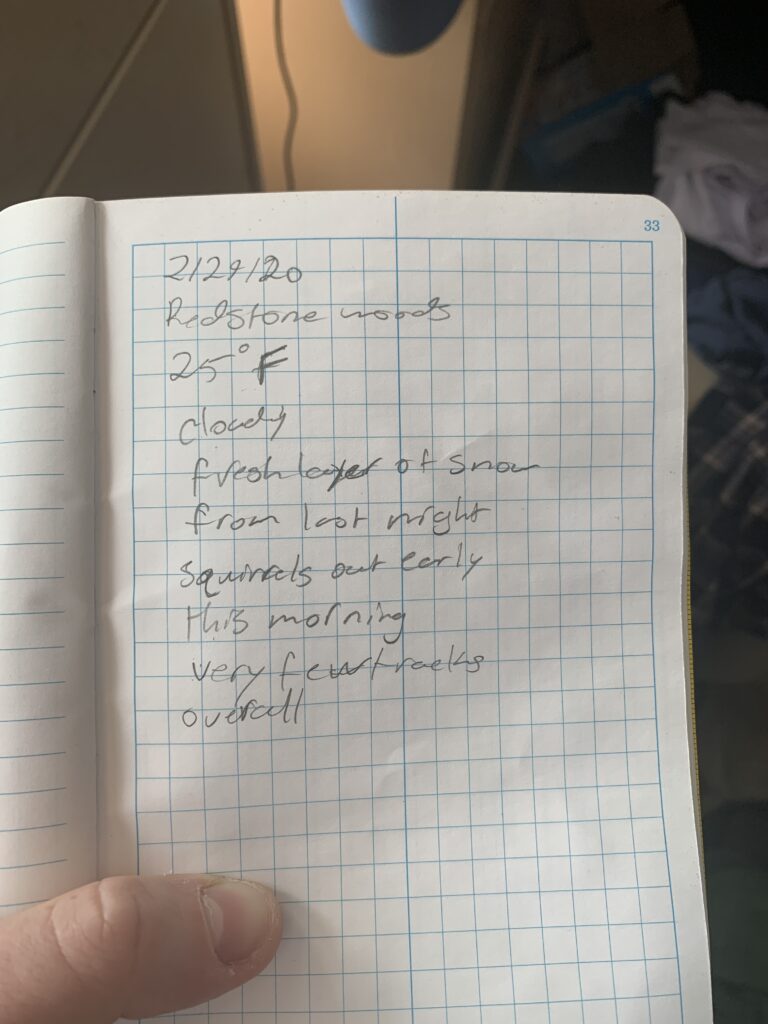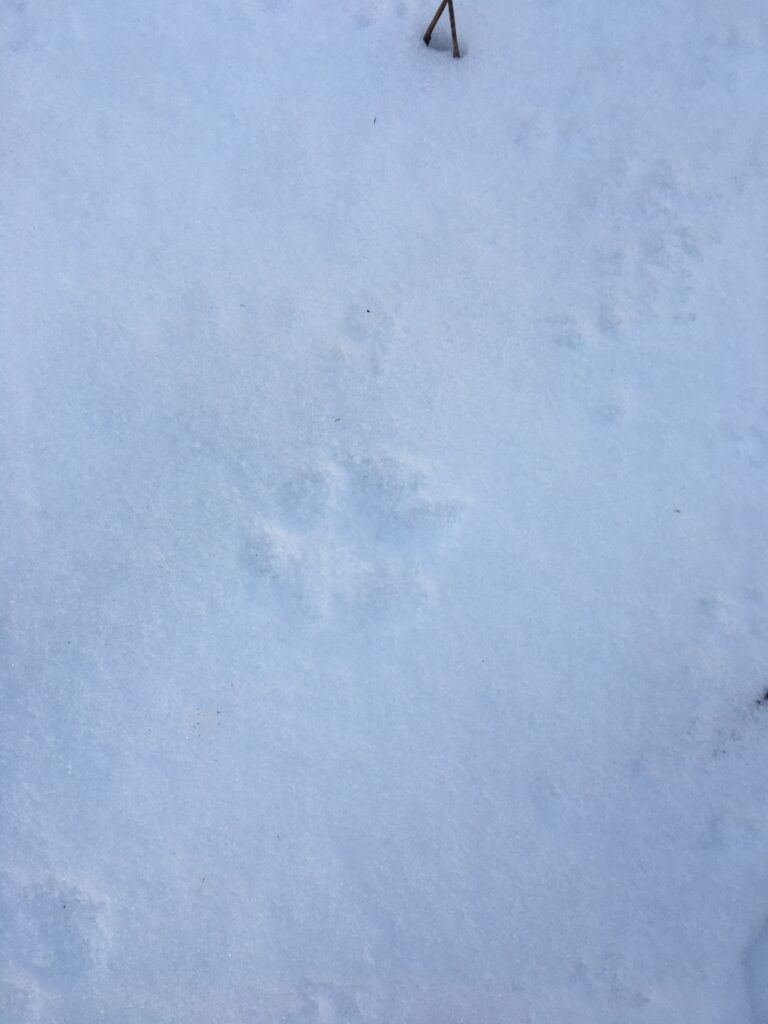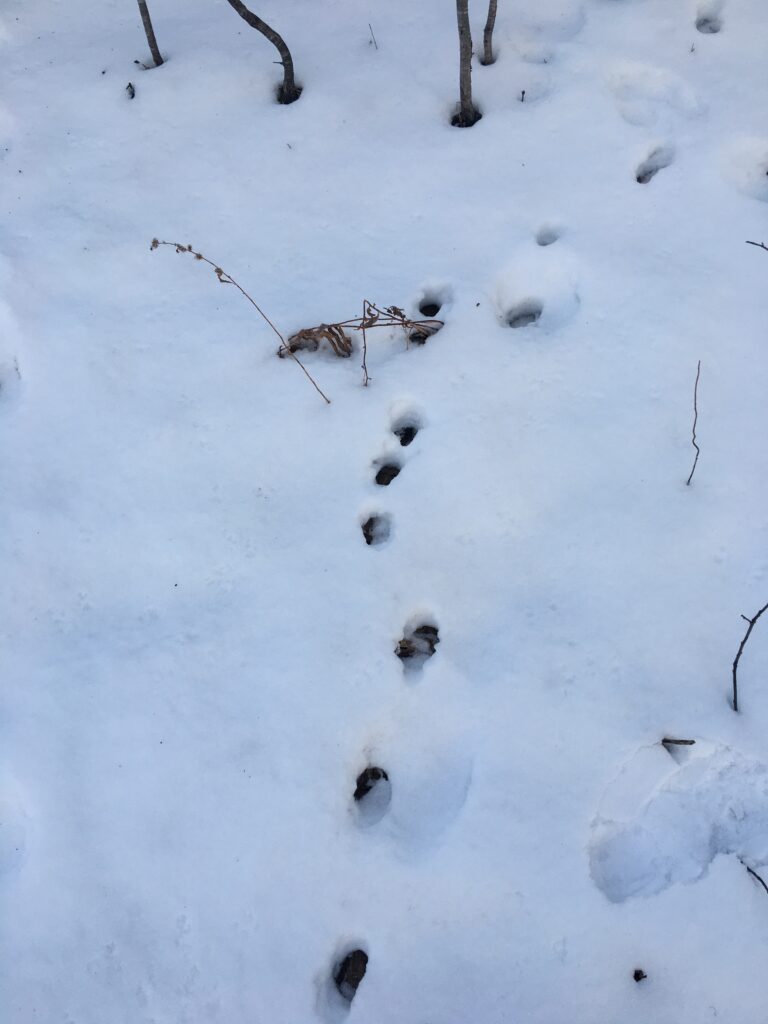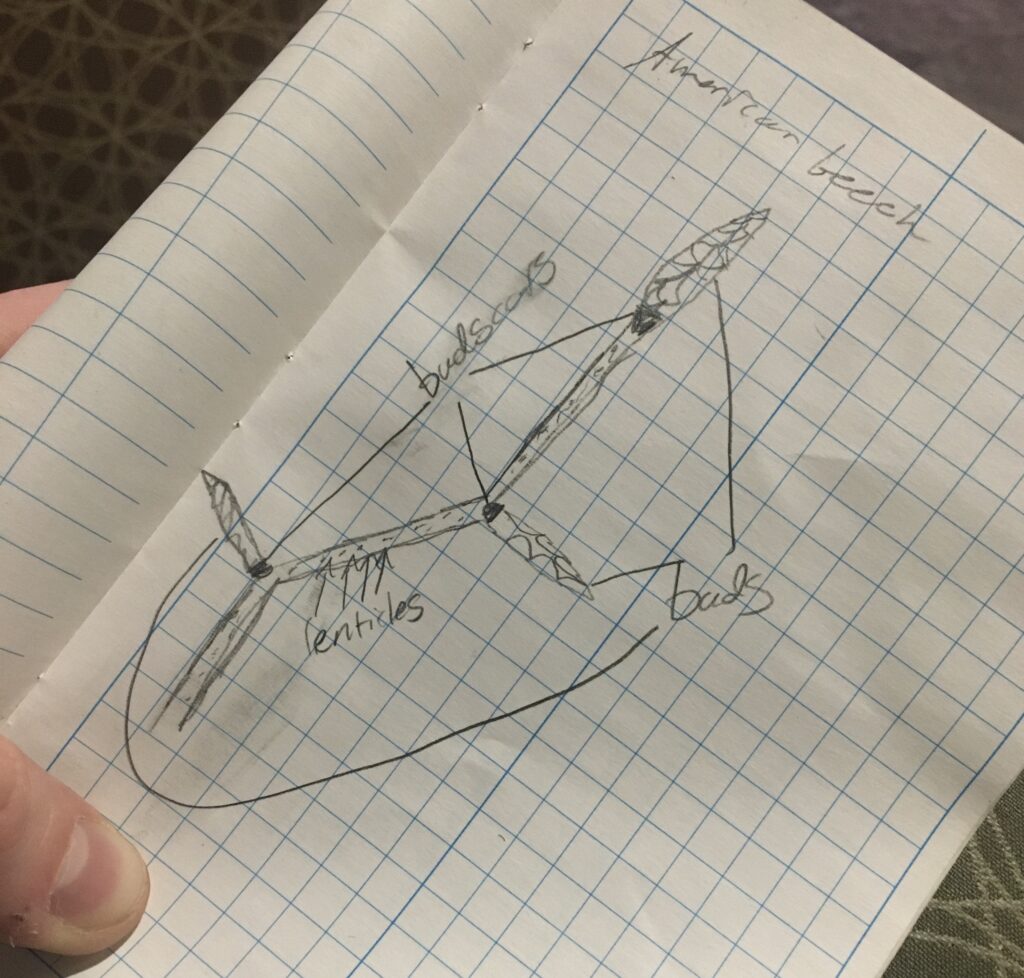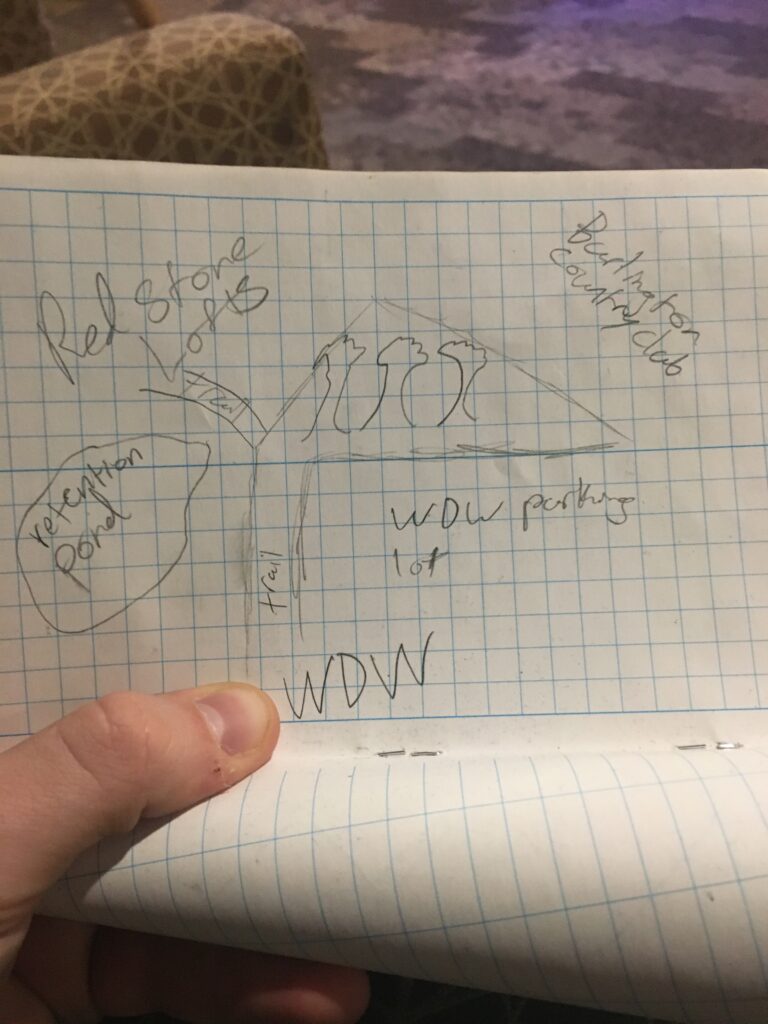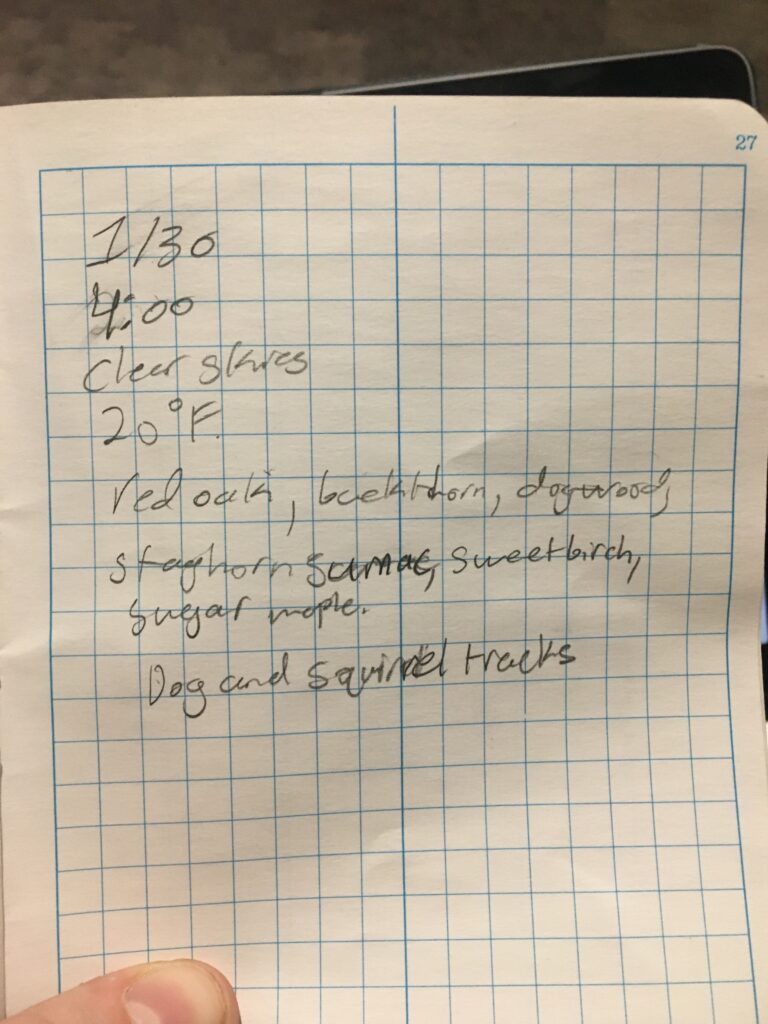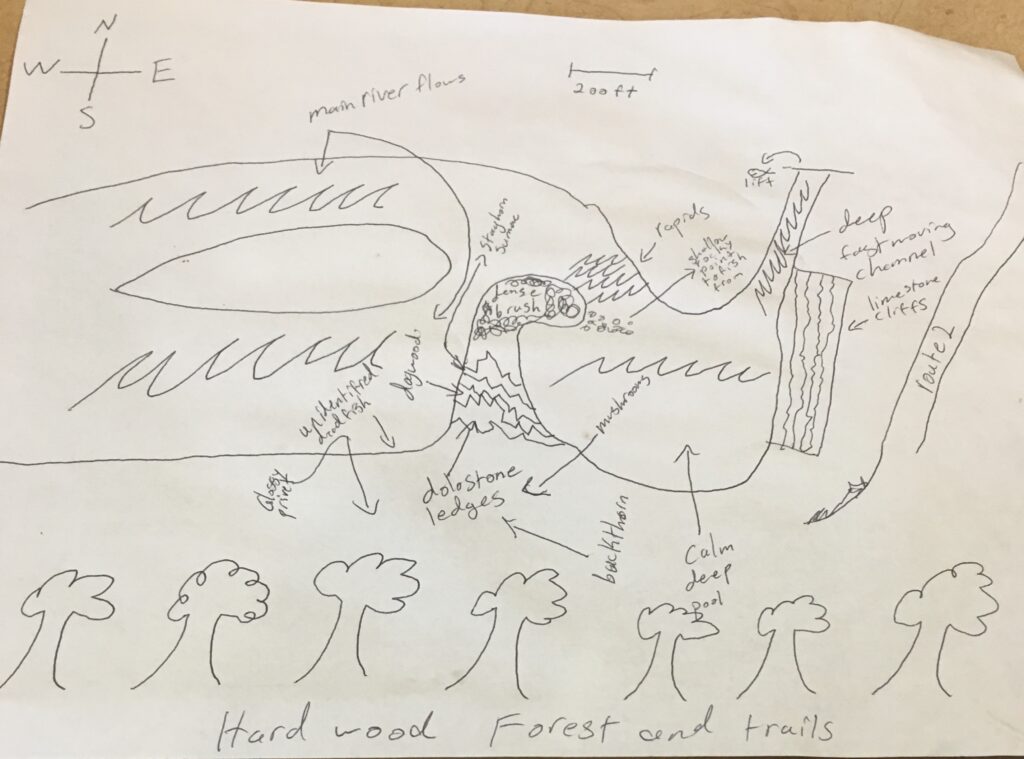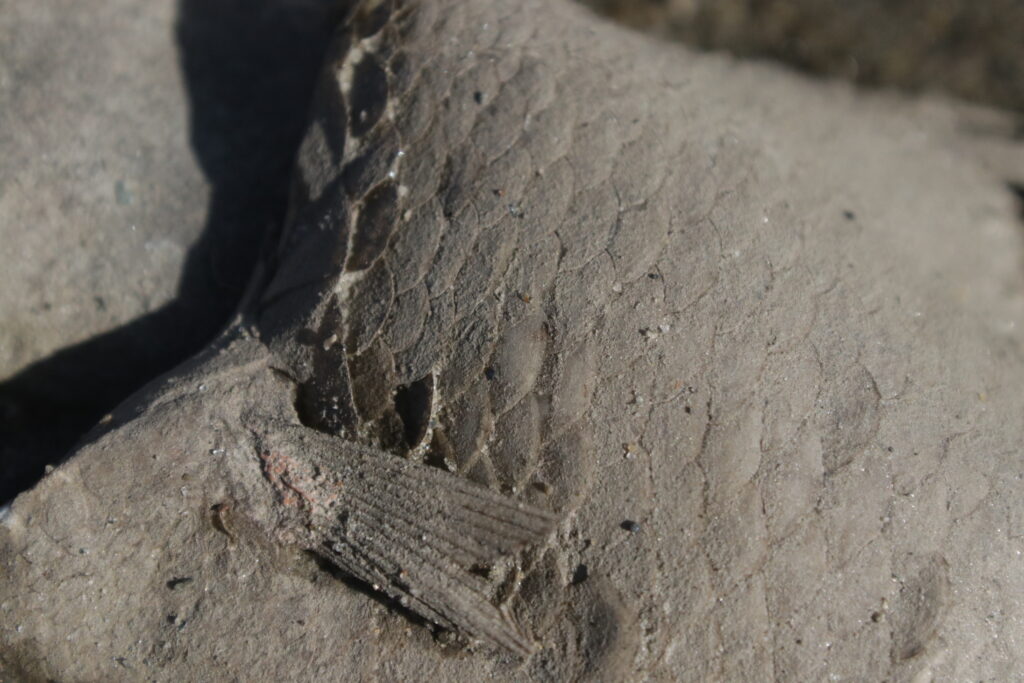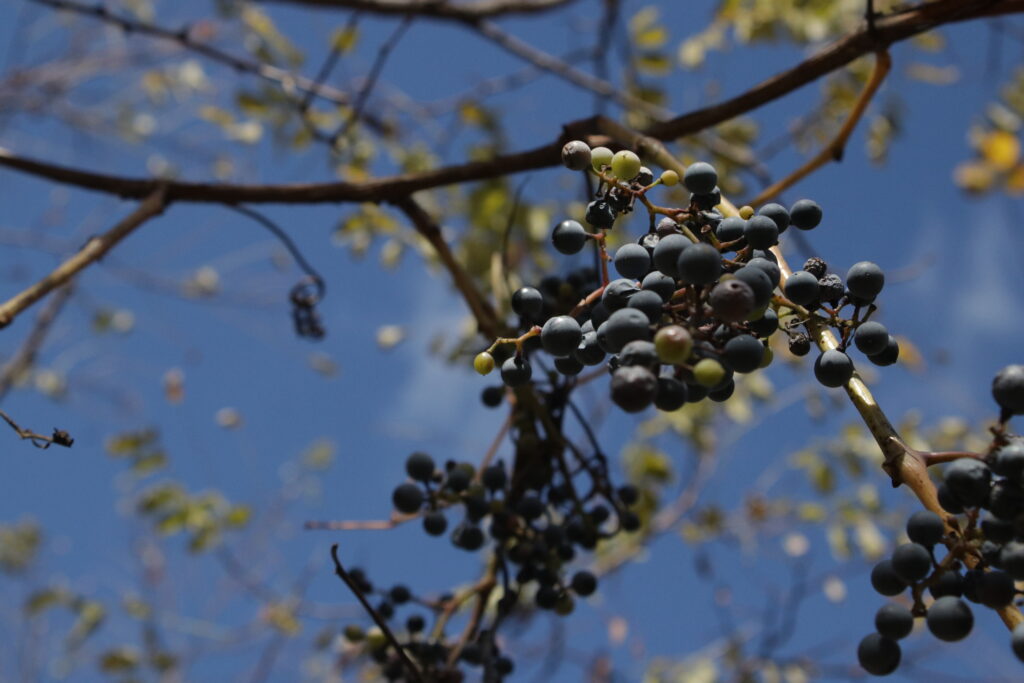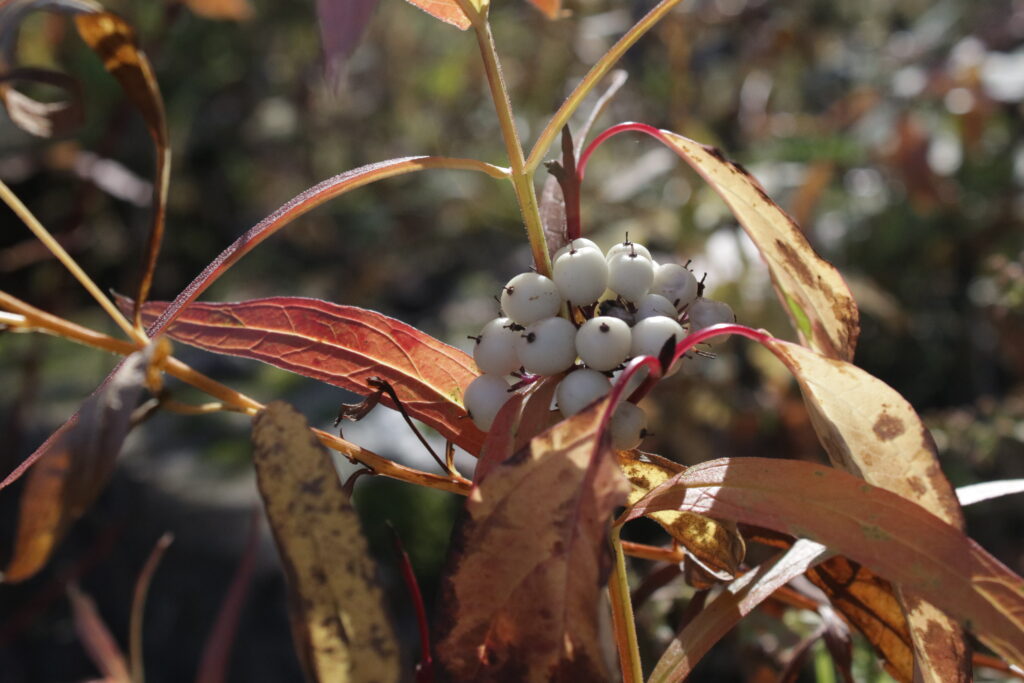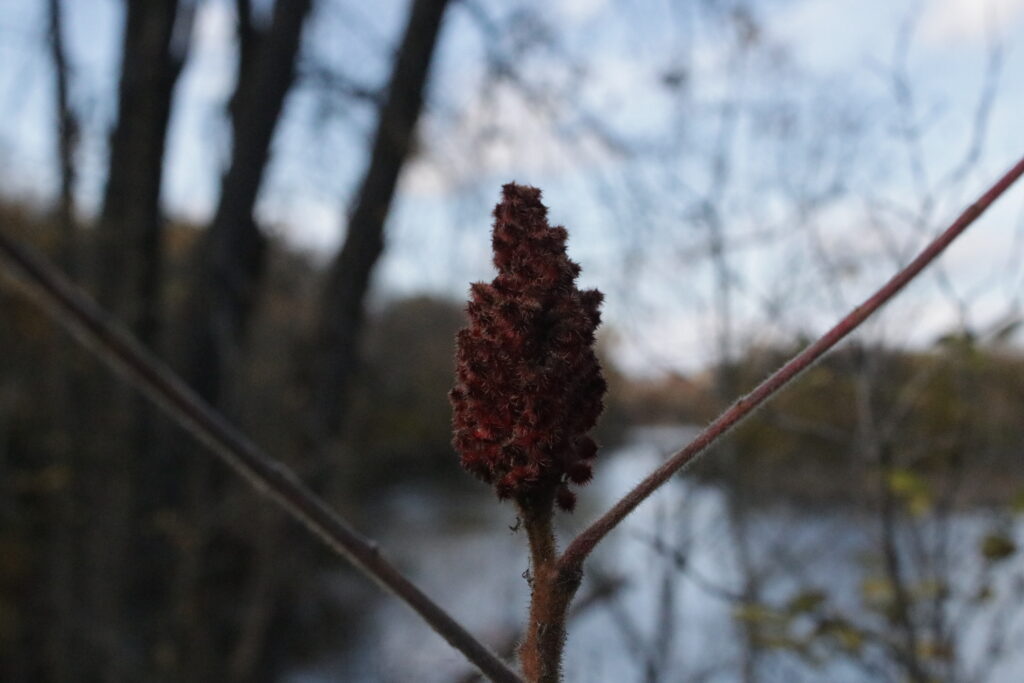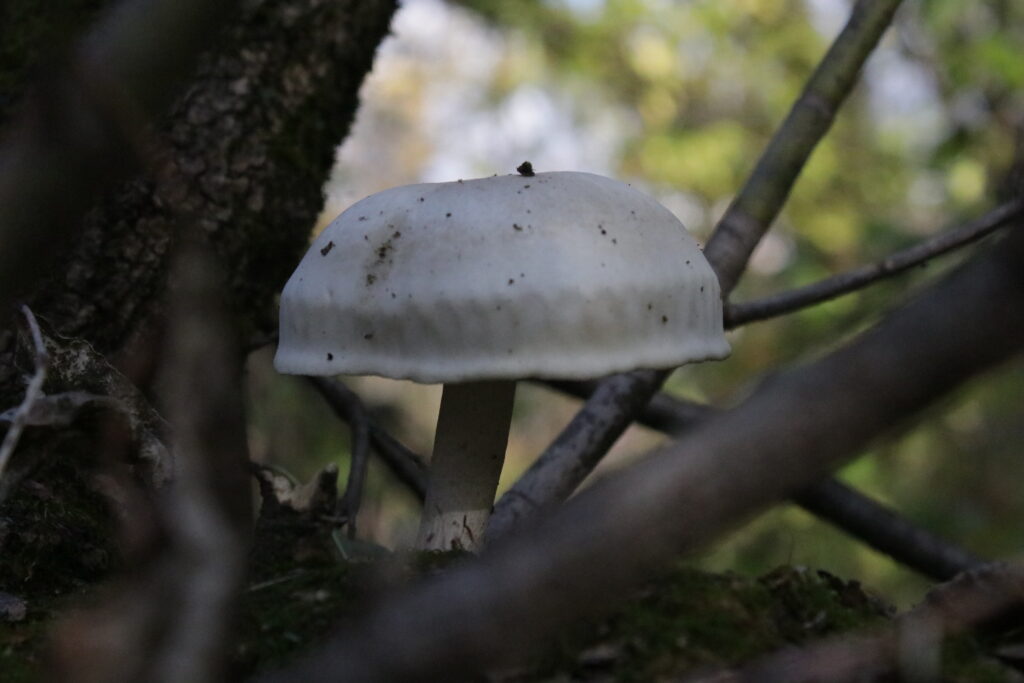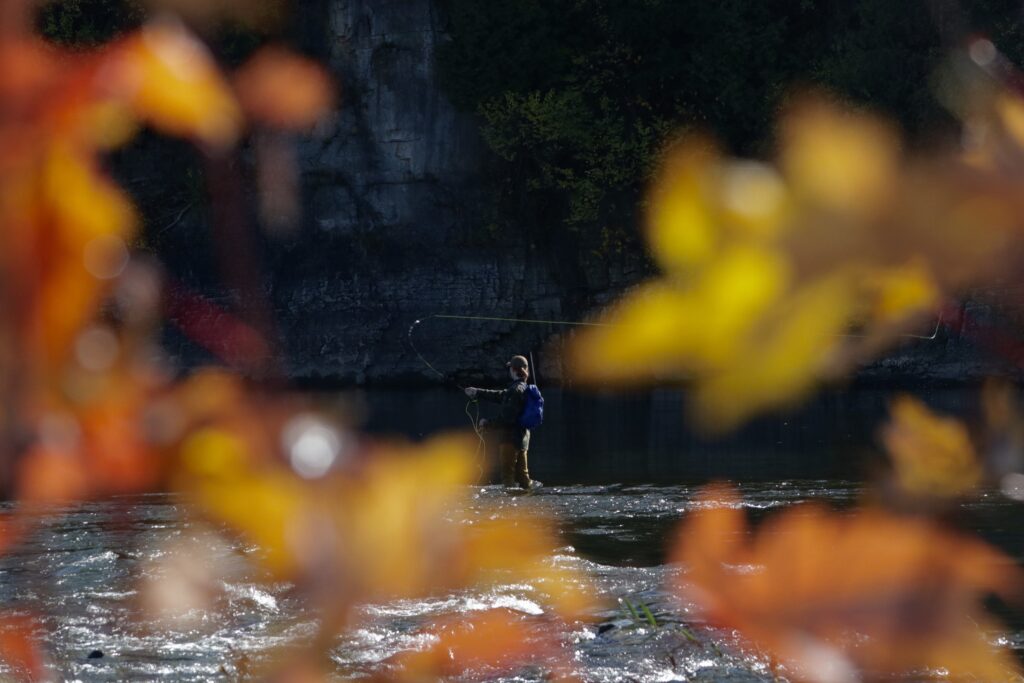February is one of the toughest times for wildlife in Vermont, it is a test of how well you prepared all year. One animal that spends most of their time preparing for winter is the Gray Squirrel. The Redstone woods are filled with these little critters. This is evident through their abundant tracks.
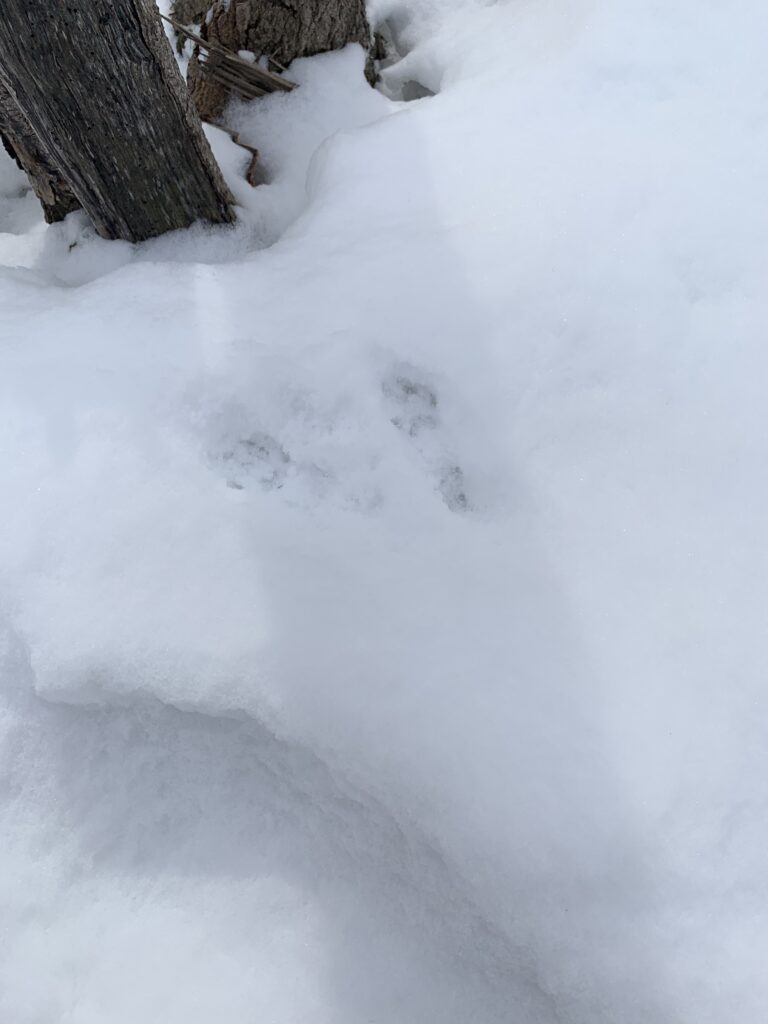
During winter time, gray squirrels build nests in tree limbs or in holes that have been hollowed out in the tree’s trunk. They spend most of their time in spring, summer, and fall preparing for winter by caching nuts and seeds that they collect. These caches act as their food supply for the cold winter months when food is less abundant. During the day gray squirrels search for their caches and bring them back to their nests for themselves and their young. During the nighttime, gray squirrels take refuge in their nests to avoid being eaten by predators. They have a long list of predators but the most common predator is probably foxes. Gray squirrels rely on trees to keep them off of the forest floor, which is where many of their predators live.

Another possibly less obvious example of a predator are dogs, which can be found regularly on walks with their owners in the Redstone woods. Dogs love to chase down and kill squirrels when they get the chance to, this is an example of why it is important that squirrels have nests that are off of the ground.
In terms of phenological changes in Redstone woods, there are not too many to share. The only change that stood out to me was that there were far fewer tracks overall. This is probably due to the fact that winter is in full swing here in Vermont and that everything that wants to see spring needs to conserve its energy to survive until April.
